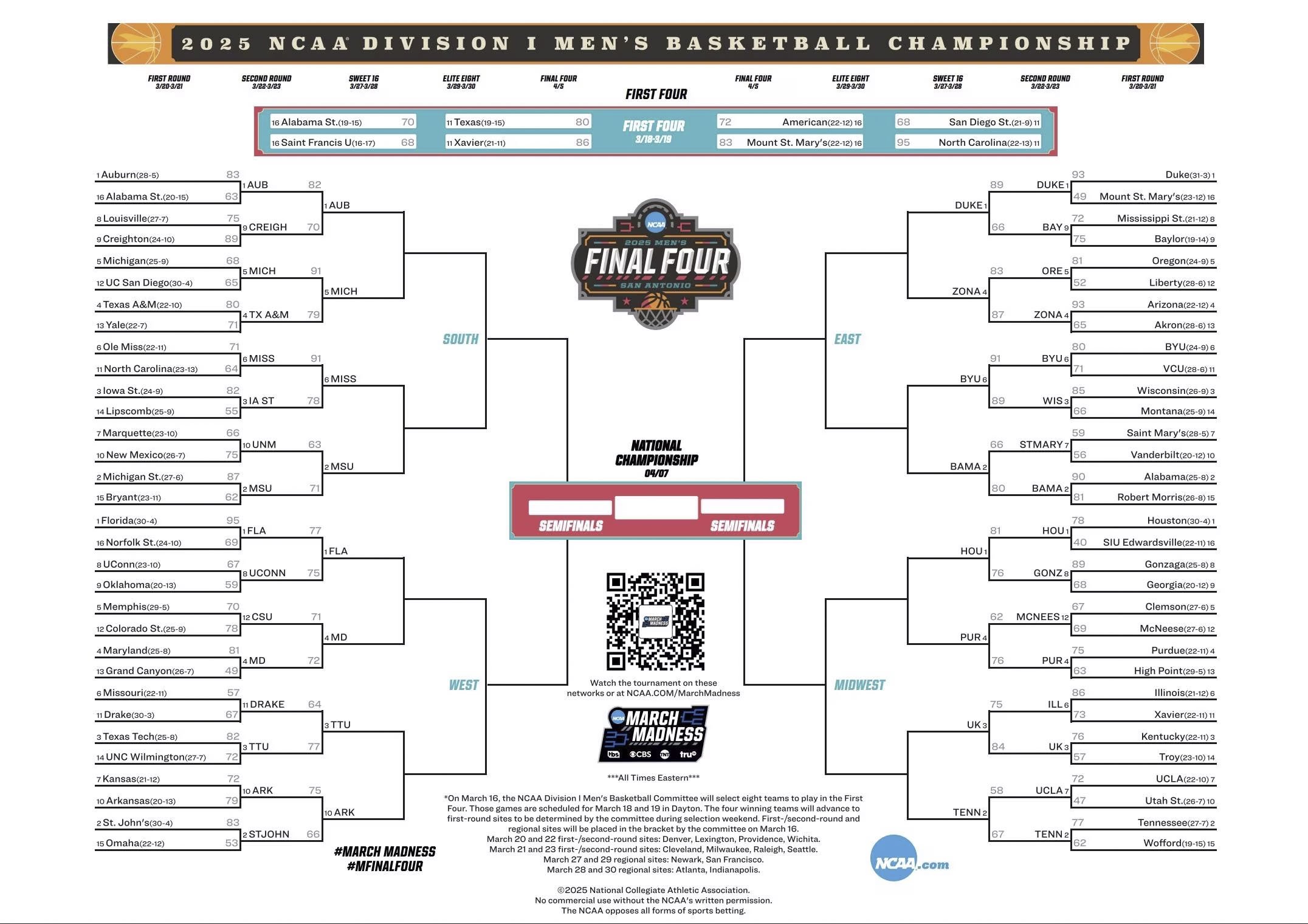Sport is becoming a lifestyle for many people, and now more than ever, it is becoming a critical topic that will continue to shape the coming decade. But our perception of sports is changing as a result of trends in mobility, fitness, globalization, and digital technology. The impact of these trends will significantly improve not only behavior but also the success of the sports industry in general.
Mobility means sports should be brought to the people and not the other way around
We live in a society that is continually moving. Most people now adopt a routine where certain fixed tasks are done on the go. Even sports betting has gone completely mobile with the help of devices. As the demand for increased productivity continues to grow, fitness and sports commodities should be able to keep up with the flexible lifestyles of consumers.
The shift towards informal sports communities
For many decades, there is a certain prestige to being a member of an exclusive or elite sports club. Nowadays, however, mobility and flexibility are challenging the status quo by doing away with expensive memberships and contracts. Many people like the aspect of socialization in these fitness clubs, but in a more informal setting. Since there is also a growing focus on living healthier lifestyles, there are online communities you can join if you want to take up a certain sport.
The generation of millennials is more concerned about convenience instead of exclusivity. As sports and fitness become more accessible, the market for sports equipment and merchandise is also experiencing steady growth.
Technology plays an essential role in training
Although there is an increasing trend in adopting a healthier lifestyle through sports and fitness, there is still an overwhelming enthusiasm for technology and consumerism. In line with this, tech giants have ventured into fitness accessories and gadgets like the FitBit, Apple Watch, and other tools used to monitor one’s health. These devices are not only helping people keep track of their progress, but also become more conscious about their health.
Wearable fitness tech in the coming years will likely become more sophisticated. And while the initial market is the general public, many of these manufacturers will also target professional athletes and provide them with next-level devices to augment their training.
Digitalization of the sports industry
Digital technology is only going to continue revolutionizing how we experience sports, whether as participants or spectators. Innovation such as augmented and virtual reality is likely going to be applied in sports entertainment as well. For example, fans may begin to experience the sport they love through virtual reality devices. This will not only add a new dimension to spectatorship but make the experience more interactive and engaging for fans.
Redefining sports as a lifestyle
Sports is becoming a lifestyle choice for many people. As such, everyone is now free to choose how they want to adopt the sport they love as part of their fitness regimen. Indeed the sports industry should listen and respond to the needs of consumers as they become more in tune with using sports not only as a pastime but as a significant part of their daily lives.
Read the latest issue of Athleisure Mag.











